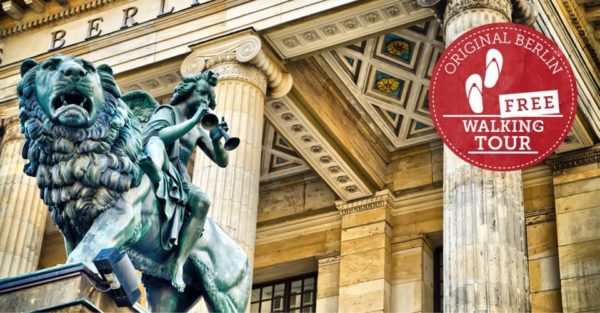On the historic night of November 9, 1989, a remarkable event unfolded that has forever changed the course of history – the fall of the Berlin Wall. This pivotal moment marked the reunification of East and West Germany, symbolizing the end of the Cold War and the beginning of a new era.
The Construction of the Berlin Wall
To truly understand the significance of the Berlin Wall’s fall, it’s important to delve into its construction. The wall was erected by the German Democratic Republic (GDR) in August 1961 to separate East and West Berlin. It was a physical barrier stretching approximately 155 kilometers (96 miles) and consisted of concrete panels, barbed wire, guard towers, and a “death strip” which made any escape attempt perilous.
The Reason Behind Its Construction
The Berlin Wall was built to prevent its citizens from emigrating to West Germany from East Germany. Everyone was emigrating from the communist rule in their quest for a better economical future, political freedom and a new life in the Western world. The wall was built to avoid this kind of escape and strengthen the GDR grip over its people.
Messages of Life on Both Sides of the Wall
Associated with architectural features, and social, emotional, and economical, it marked quite a powerful presence in the lives of the inhabitants of the city and literally divided people. The East Berliners had a systematically impoverished life with restricted freedom and paralyzed economy compared to the happy and freely living west Berliners.
The Beginning of the End
Year by year people, including foreigners, used the border to cross into West Berlin and protest against the Berlin Wall and the GDR government. A yearning for change began to stir in people of the Eastern Bloc nations, a liberal whirlwind began to stir in the East.
The History that led to the Fall
East Germans were allowed to travel to Hungary in 1989 when this country opened its border with Austria to allow the east Germans to gain access to West Germany. This action led to the protest, demonstrations and campaign for political change and right to travel.
The Historic Night – November 9 1989
It is again worth remembering that on the evening of November 9, 1989, the Central Committee of the GDR announced the abolition of restrictions on travel to West Berlin. People rushed into checkpoints at the border, which border guards let them through after becoming exhausted. Very soon in celebrations and in masses, scenes of joy and people’s togetherness were painted in memories of the world.
The Impact of the Aftermath and the Global Relevance
The breakage of the Berlin Wall was significant in the social transformation, not only Germany but throughout the universe.
German Reunification
This led the way to the reunification of Eastern and western Germany later on the 3 rd of October 1990. Although a lot of social problems connected with merging of two different economic and social systems were faced, Germany managed to rebuild and make steps toward further improving its future.
The End of the Cold War
In his view, the symbol of abolishment of the Berlin Wall could be considered the pinnacle point in the end of the Cold War. The Europe which was initially divided began knitting and communism started falling in East Europe. The ‘centre of power’ also shifted within six years to be a world entirely different from the one that was known before.
Lessons Learned
This was an epic saga of defiance of tyranny; the fall of the bi polar world; the collapse of the cold war and the victory of peaceful protest and freedom. It helps to recall that all the people are equal, and everyone needs to work together, calmly communicate, and achieve the same victories.
Conclusion
The breaking of the Berlin Wall was an extraordinary event that continues to resonate in the hearts and minds of people worldwide. It symbolizes the triumph of unity over division and the unyielding spirit of humanity. The legacy of the wall not only reminds us of the struggles faced by those living in its shadow but also inspires us to strive for a world where walls are replaced by bridges.
Table of Contents

